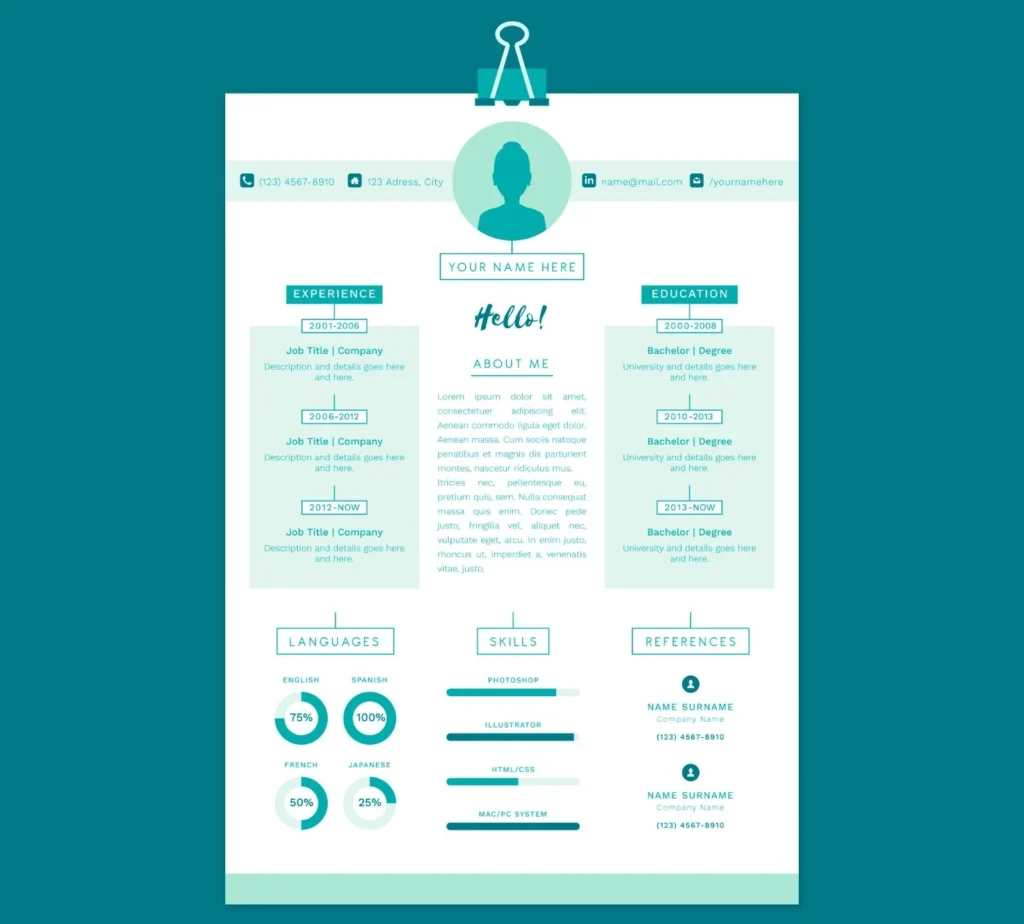Introduction
Artificial Intelligence (AI) is no longer a distant dream or a niche technology. It is firmly entrenched in our daily lives, transforming industries and redefining how we work. As AI technology advances, it is poised to reshape the modern workforce, influencing everything from job roles to workplace dynamics. This article explores how AI is impacting the future of work, the opportunities and challenges it presents, and how individuals and organizations can navigate this evolving landscape.
1. AI and Job Automation: What to Expect
AI’s ability to automate repetitive and mundane tasks is one of its most significant impacts on the workforce. From manufacturing to finance, AI-driven automation is streamlining operations and enhancing efficiency. However, this shift raises questions about the future of various job roles.
How It Works:
- Robotic Process Automation (RPA): AI technologies such as RPA can handle routine tasks like data entry, invoice processing, and customer service inquiries.
- Machine Learning: AI systems can analyze patterns and make decisions based on data, automating complex processes in areas such as trading and supply chain management.
Opportunities and Challenges:
- Increased Efficiency: Automation can lead to significant gains in productivity and cost savings for businesses.
- Job Displacement: While automation can enhance efficiency, it may also lead to the displacement of jobs that involve repetitive tasks. Workers in these roles may need to adapt by acquiring new skills.
2. The Rise of AI-Augmented Roles: Enhancing Human Capabilities
Rather than replacing jobs, AI is increasingly being used to augment human capabilities. AI tools can enhance decision-making, provide valuable insights, and support creative processes, enabling workers to focus on more strategic and complex tasks.
How It Works:
- Decision Support Systems: AI can analyze large datasets and provide recommendations, helping professionals make informed decisions in fields such as healthcare, finance, and marketing.
- Creative Assistance: AI-powered tools can assist in creative tasks, such as generating content, designing graphics, or composing music, allowing creative professionals to explore new ideas and approaches.
Opportunities and Challenges:
- Enhanced Productivity: AI augmentation can increase productivity by handling time-consuming tasks and providing valuable insights.
- Skill Development: Workers will need to develop new skills to effectively leverage AI tools and stay relevant in their roles.
3. New Job Roles and Career Paths: Navigating the AI Era
As AI transforms the workplace, new job roles and career paths are emerging. The rise of AI technology is creating demand for new skill sets and roles that did not previously exist, opening up exciting opportunities for career growth.
How It Works:
- AI Specialists: Roles such as machine learning engineers, data scientists, and AI researchers are in high demand as organizations seek to develop and implement AI solutions.
- AI Ethics and Governance: As AI becomes more prevalent, there is a growing need for professionals who can address ethical considerations and ensure responsible AI use.
Opportunities and Challenges:
- Career Growth: The AI era offers numerous opportunities for career advancement in emerging fields.
- Continuous Learning: To thrive in the AI-driven workforce, individuals must commit to continuous learning and stay updated on technological advancements.
4. Transforming Workplace Dynamics: Collaboration and Remote Work
AI is also influencing workplace dynamics, including collaboration and remote work. AI-powered tools are facilitating remote work by improving communication and collaboration, making it easier for teams to work together across distances.
How It Works:
- Virtual Collaboration Tools: AI-enhanced platforms can facilitate virtual meetings, project management, and team collaboration, making remote work more effective and seamless.
- Productivity Monitoring: AI tools can track productivity and provide insights into work patterns, helping teams optimize their performance.
Opportunities and Challenges:
- Increased Flexibility: AI technologies enable more flexible work arrangements, including remote work and virtual teams.
- Work-Life Balance: The integration of AI in the workplace may blur the lines between work and personal life, requiring individuals to manage their work-life balance carefully.
Conclusion
AI is undeniably shaping the future of work, bringing both opportunities and challenges. As AI technologies continue to evolve, they are transforming job roles, augmenting human capabilities, and creating new career paths. While the rise of AI presents the potential for increased efficiency and productivity, it also necessitates adaptation and continuous learning. By embracing AI and its transformative potential, individuals and organizations can navigate the changing landscape of work and harness the power of technology to drive success in the modern workforce. Embracing AI is not just about keeping pace with technological advancements; it’s about leveraging these innovations to build a future where work is more dynamic, creative, and fulfilling.


